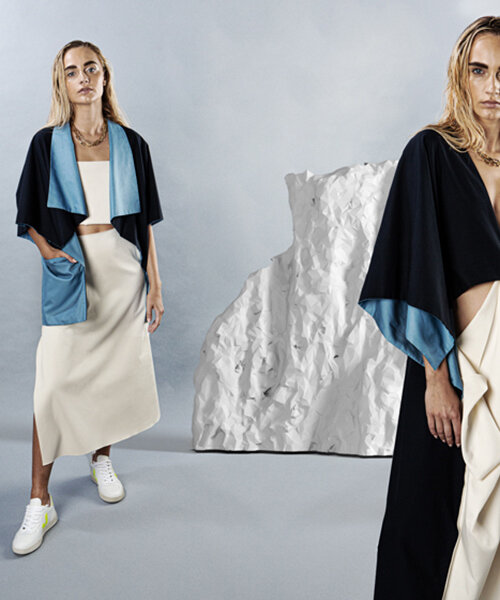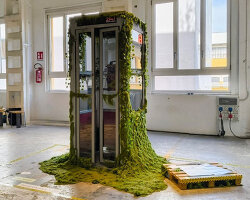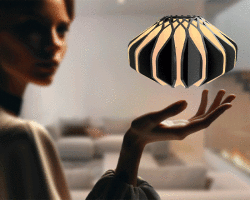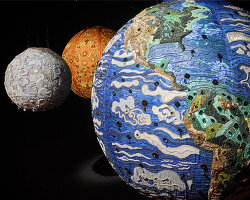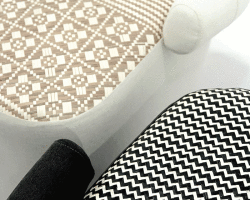How can we reuse fabric & prevent pre-and post-consumer textile waste?
The fashion industry and therefore the manufacturing of apparel represents one of the most resource-intensive sectors that is employing a linear economy of take-make-use-dispose in its mainstream. At present, more than 2/3 of a garment’s climate impact stems solely from the production: fiber, yarn, fabric, and wet treatment. With 53 million tons of fiber produced every year and 87% ending in landfills, the industry is polluting the environment and wasting precious resources.
But what if we could prevent this and recapture value? Through ‘refashion’ series, Solve Studio gives the answer.
Refashion is the world’s first circular fashion system that uses pre-designed multifunctional fabric blocks and it creates a multitude of styles using and reusing the same fabric with the help of artificial intelligence (AI).

the refashionable jumpsuit that can be dis- and re-assembled into other styles from the collection
photography by Alexandra Petcu, scenography by Vlad Osiac
‘refashion’ is designed for a circular economy
To address the reutilization of textile fabric, the multi-disciplinary team has developed an innovative product design and manufacturing process that is based on a novel circular design strategy. They plan to implement this process through automated planning of manufacturing/recovery and AI-aided design. After three years of collaboration, the first step of the project has been successfully finalized by creating a proof-of-concept collection bearing the same name as the system — Refashion.
The collection was created using three pre-designed multifunctional fabric blocks, made from Tencel and GOTS certified organic cotton. The series contains over 10 different styles: a top, four dresses, two skirts, a bolero, two jumpsuits, and a reversible jacket. Besides showcasing how versatile the fabric blocks can be, each garment can be easily disassembled, redesigned, and remanufactured into other styles at a company-level, after they are returned by the end-user.
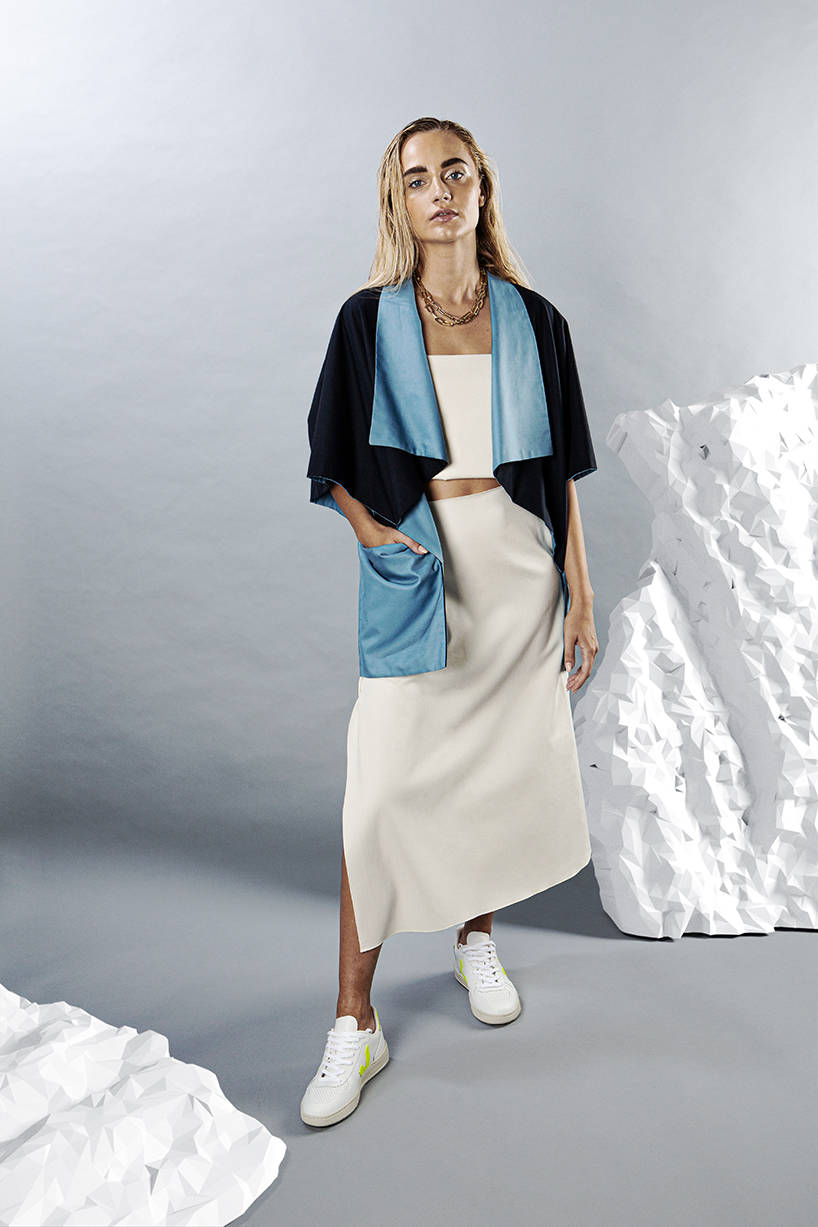
reversible and refashionable Lagom jacket
‘Together with the team from the Chair for Interaction- and Communication-based Systems, Institute of Computer Science, University of St. Gallen, Switzerland, via Prof. Dr. Andrei Ciortea and Prof. Dr. Simon Mayer, I am expecting this approach to increase servitization in the supply chain and thereby to enable scalable circular economies in the clothing industry’ explains Cristina Dan, circular fashion researcher and founder of SOLVE.
The AI-aided circular design strategy will be the first of its kind, where human creativity is enhanced by artificial intelligence. The novel design strategy is today limited to the manual assembly and reassembly of styles. Future research will focus on exploring the potential of industrializing the circular design strategy via automation and AI.
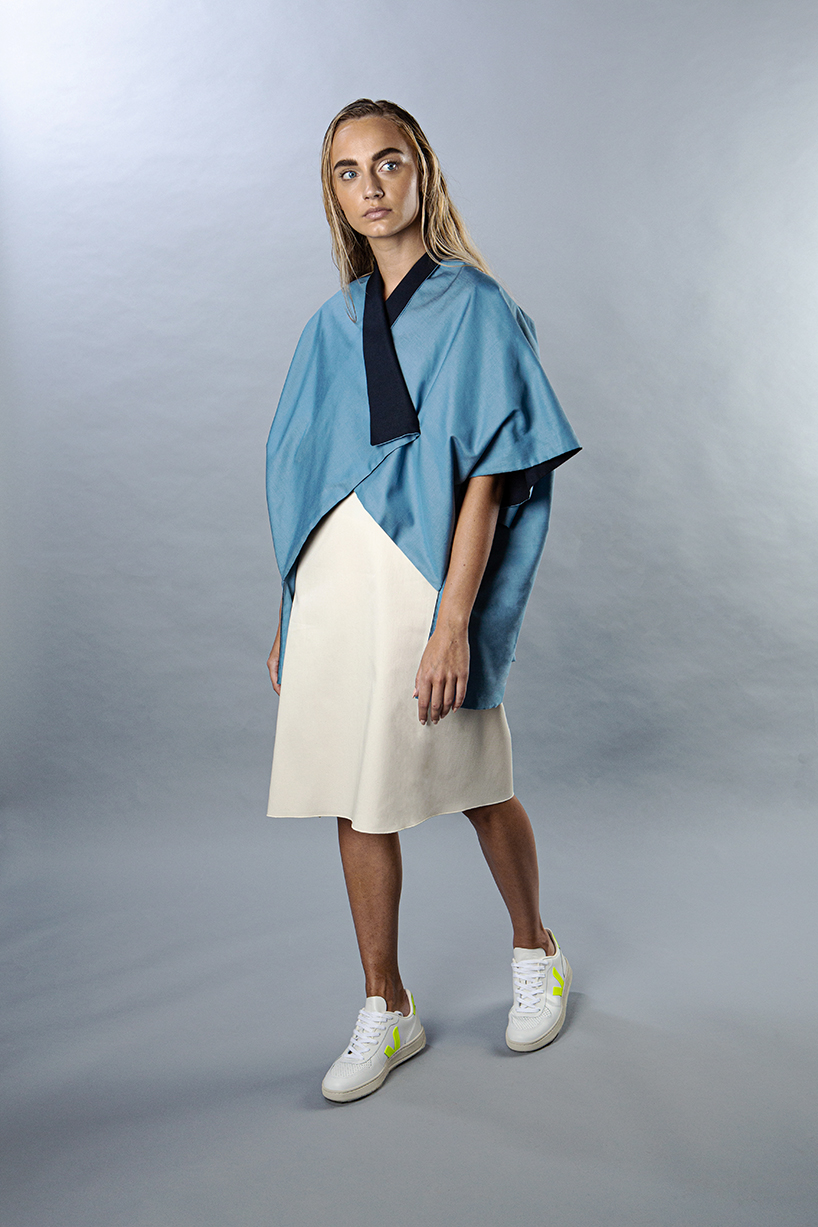
the Lagom jacket reversed. Lagom can be phrased as ‘not too little, not too much, just right’ in Swedish

the Måne top (Moon top) can be transformed into other styles such as the Orka bolero
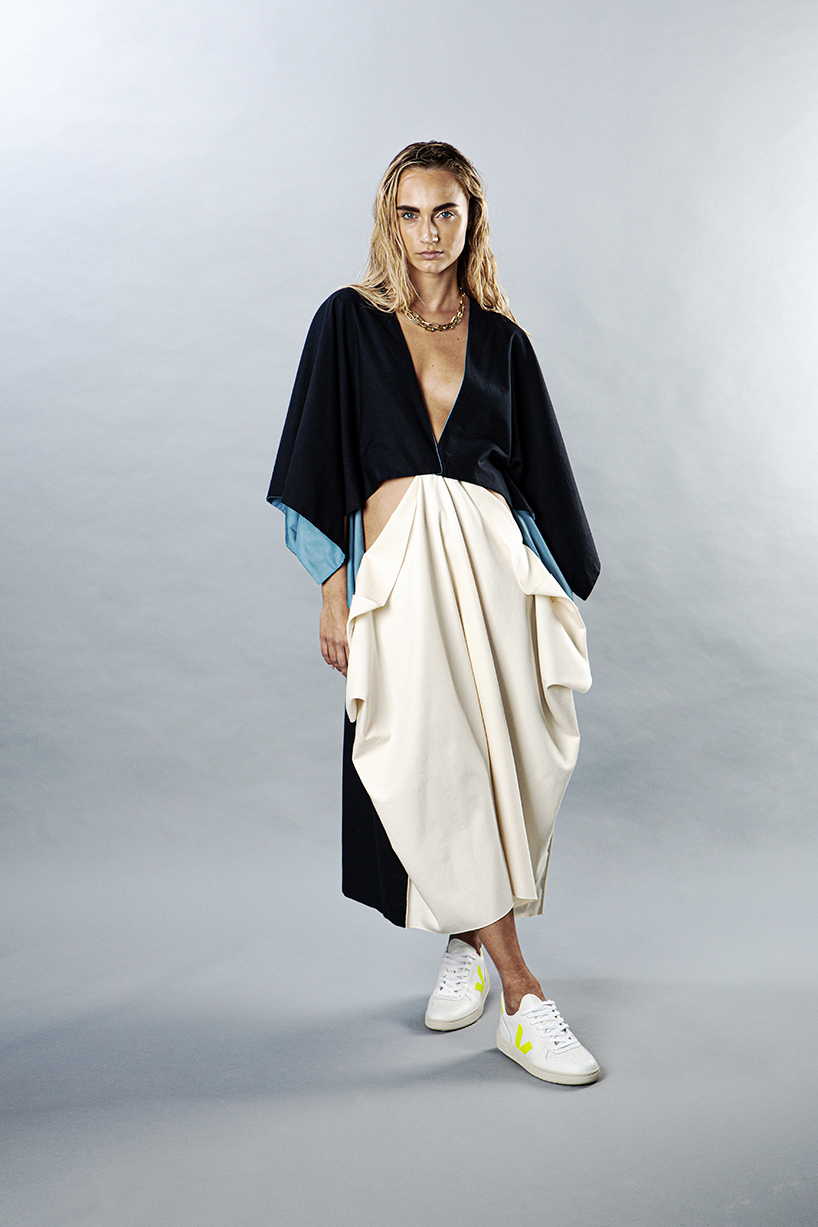
the Nordlys dress is refashionable, zero-waste, and reversible (front/back)
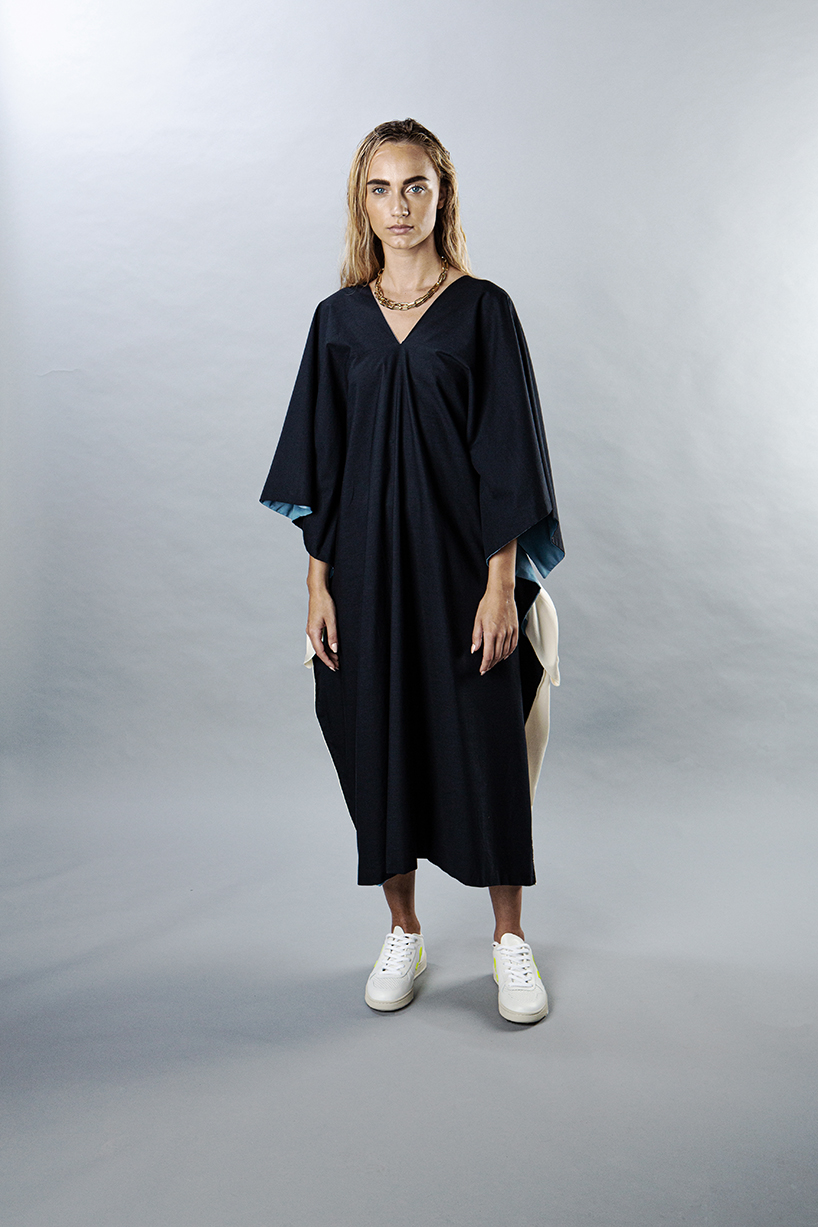
the Nordlys dress reversed
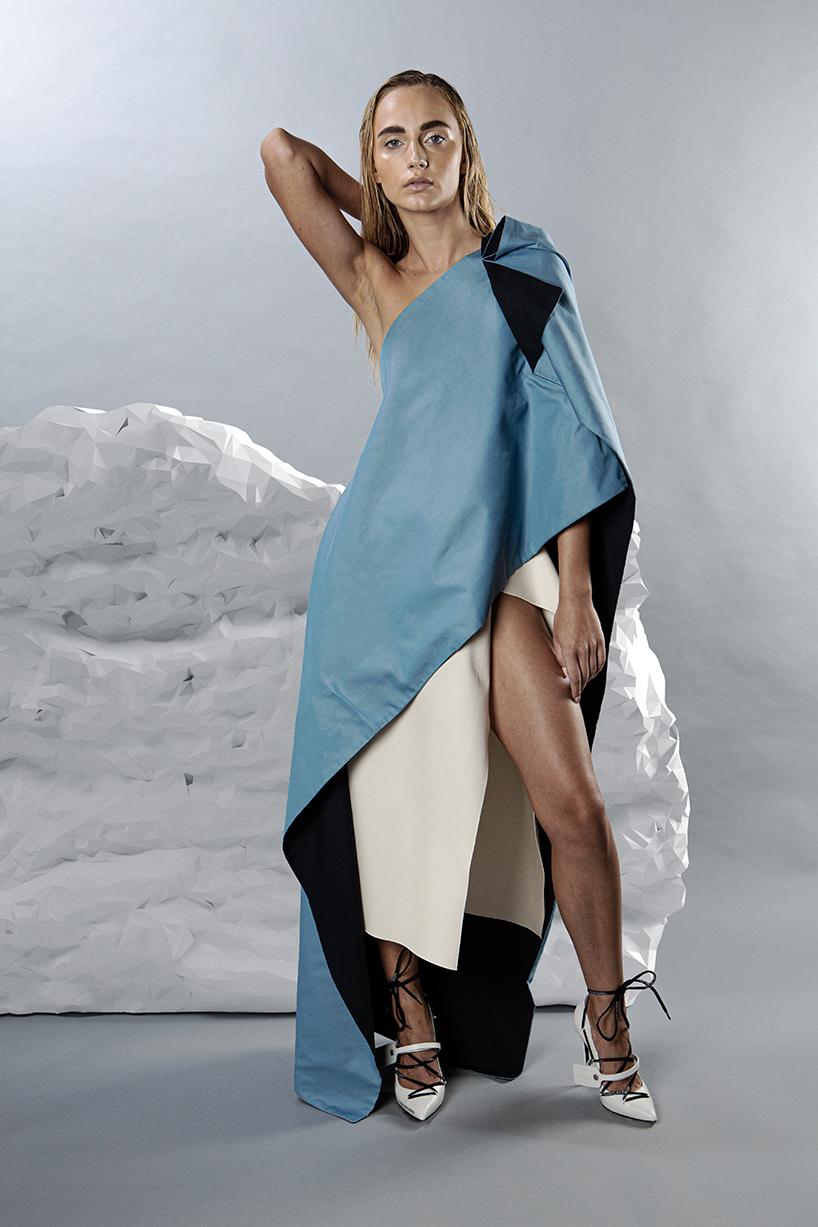
for the Mångata dress, two pre-designed fabric blocks have been used
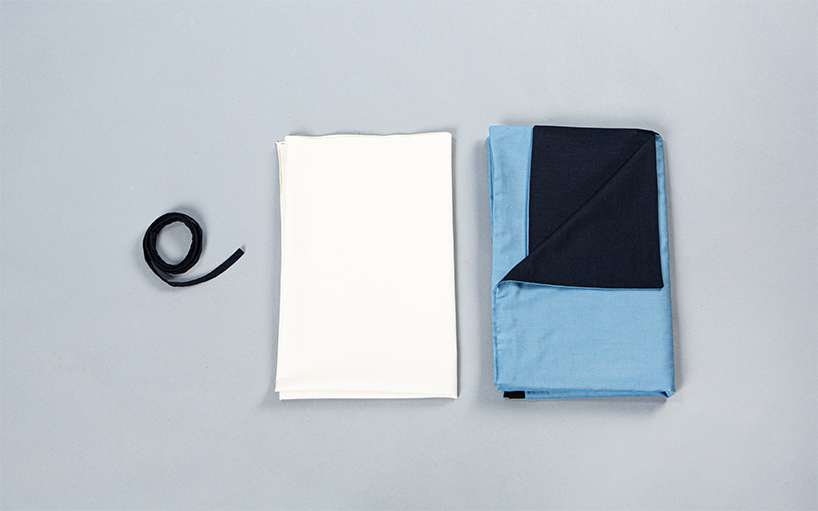
the three pre-designed multifunctional fabric blocks can build any style from the collection
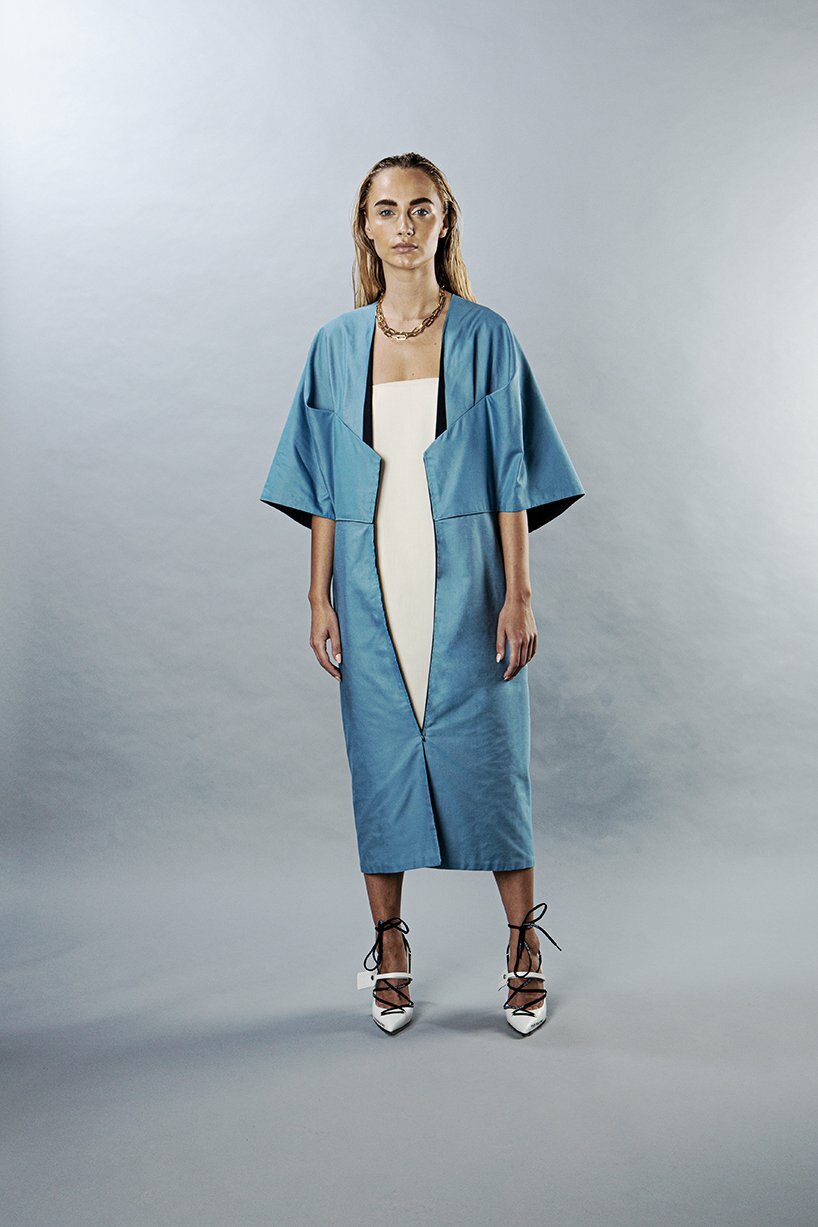
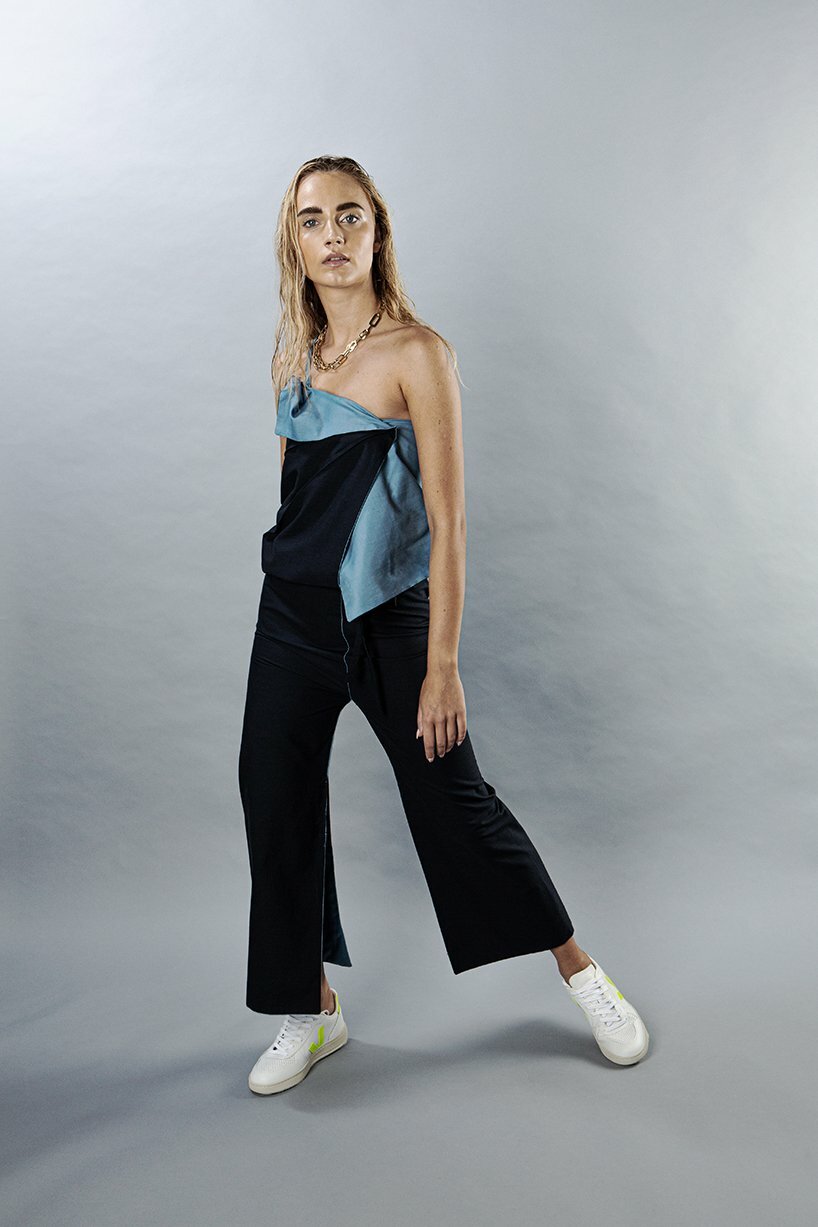
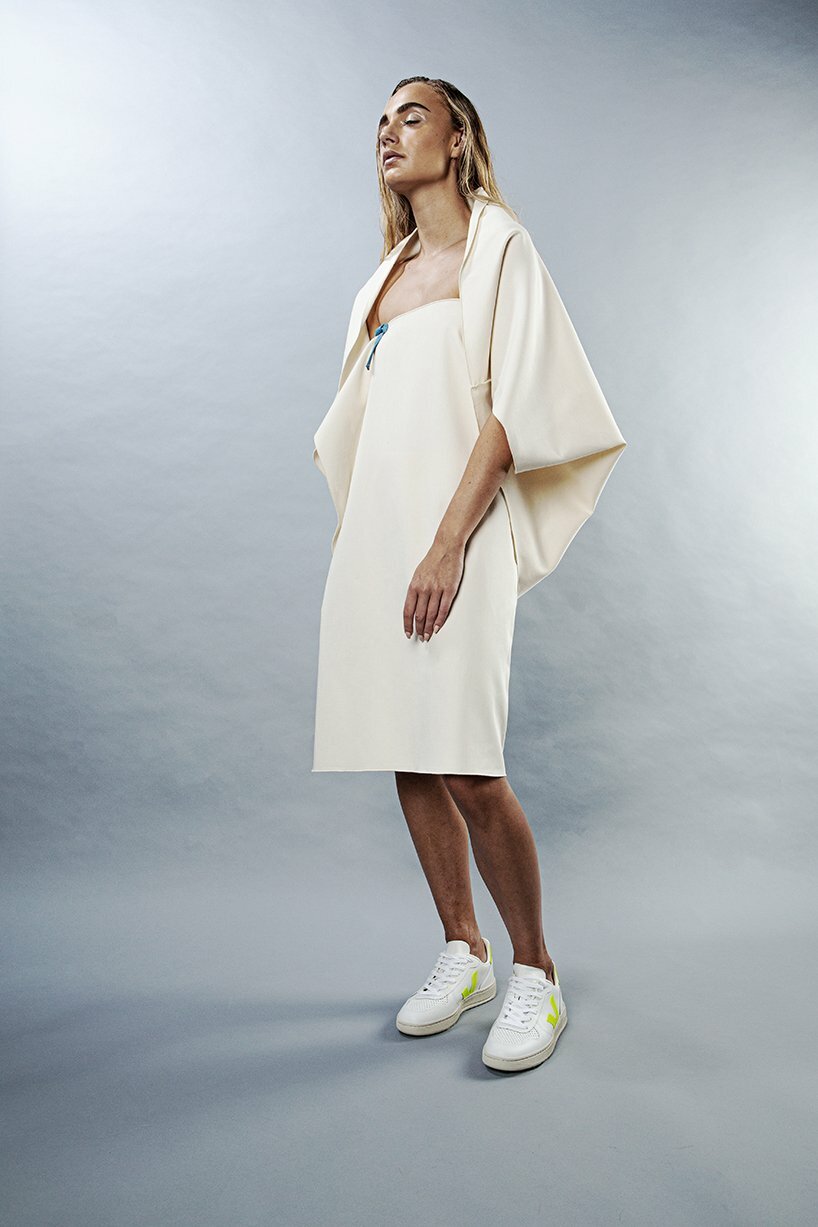
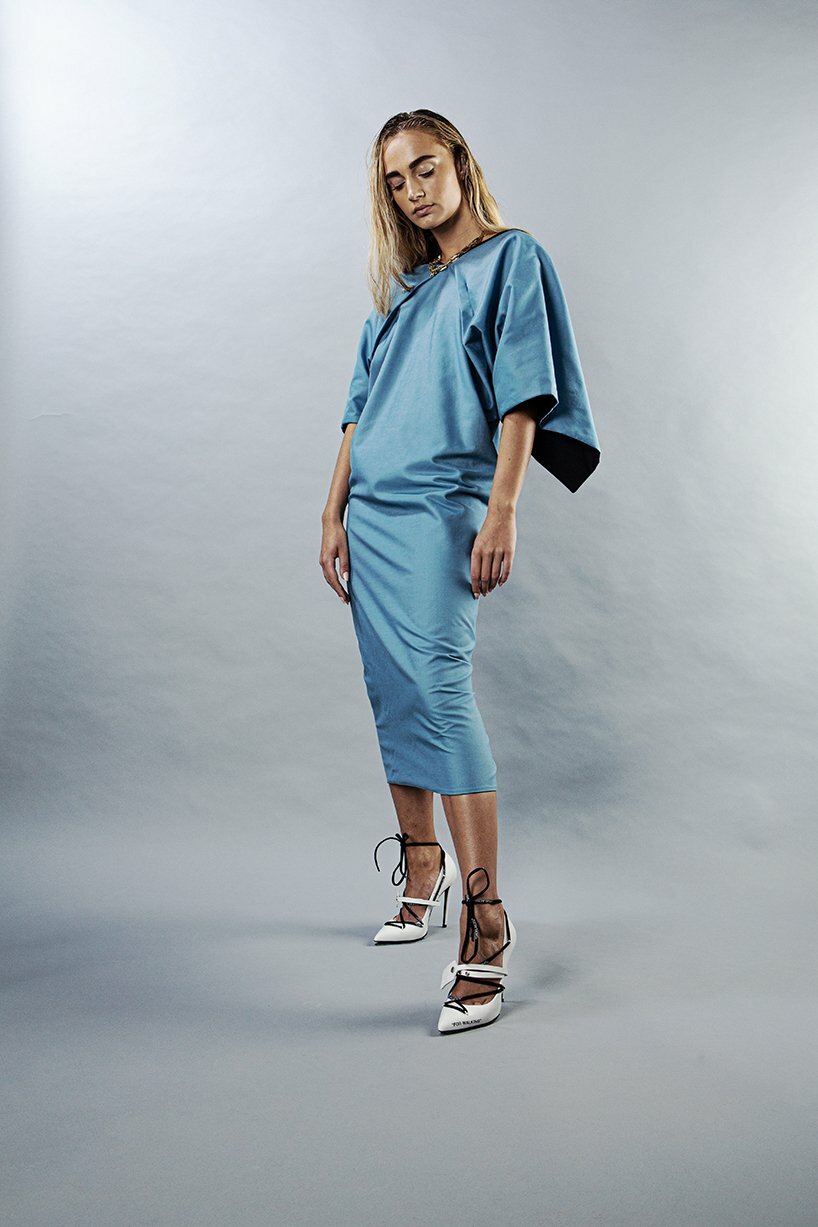
project info:
name: Refashion
designer: Solve Studio
main designer: Cristina Dan
photography by: Alexandra Petcu
scenography by: Vlad Osiac
designboom has received this project from our ‘DIY submissions‘ feature, where we welcome our readers to submit their own work for publication. See more project submissions from our readers here.
edited by: christina petridou | designboom
